6 Must-Visit Destinations in Japan to Experience Authentic Tatami Rooms
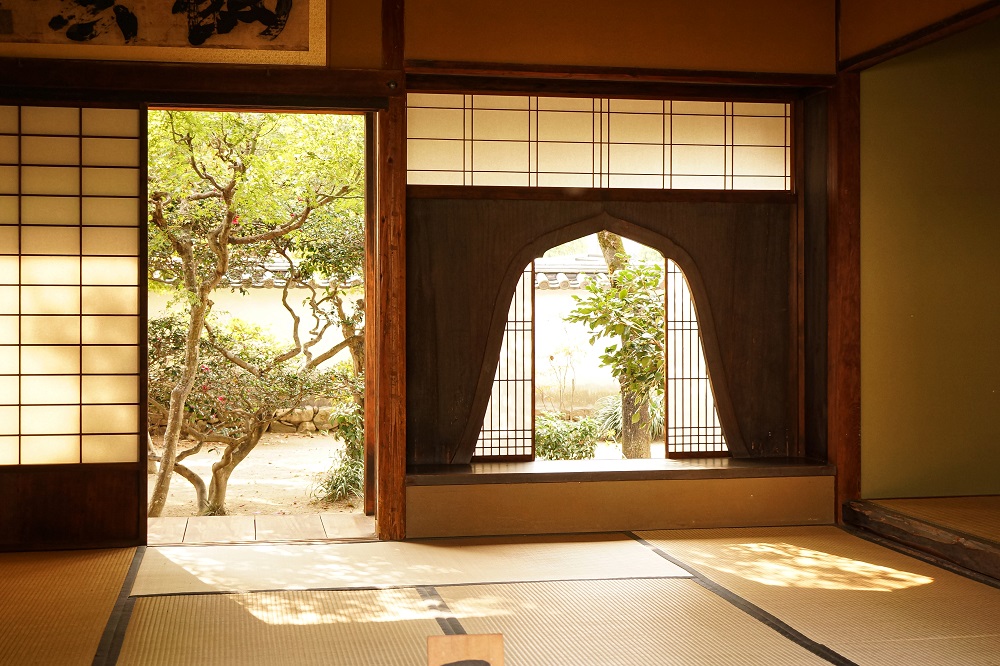
In recent years, the exchange rate between the dollar and yen has made traveling from the U.S. to Japan much more affordable (see article: Make your money go further: These countries may be the best places to visit). This has led to a surge in tourists flocking to iconic Japanese cities like Tokyo, Kyoto, and Osaka, all eager to explore modern cityscapes, indulge in unique gourmet experiences, or dive into the world of anime and subcultures. However, if you have an eye for interior design, you’ll find something truly special in Japan’s distinctive Washitsu (Japanese-style rooms).
These traditional spaces, with their organic and serene atmosphere, are characterized by the soothing texture of tatami mats—an essential flooring material that adds a touch of tranquility. Imagine the unique experience of relaxing with your shoes off, feeling the cool, natural texture of tatami beneath your bare feet. It’s an extraordinary comfort you won’t easily find back home.
But for first-time visitors, locating authentic Japanese-style rooms can be a bit challenging. That’s why we’ve compiled a list of six must-visit spots where you can fully immerse yourself in the beauty of tatami rooms. We hope this guide helps you make the most of your trip to Japan. Let’s get started!
INDEX
- Onsen Hotel
- Shukuba Machi & Ryokan
- Buddhist temple
- Chashitsu
- Traditional Japanese Restaurant
- Japanese-style room in an ordinary home
- Japanese-Style Rooms Where You Can Experience Interra USA’s Tatami Mats
- Conclusion
Onsen Hotel
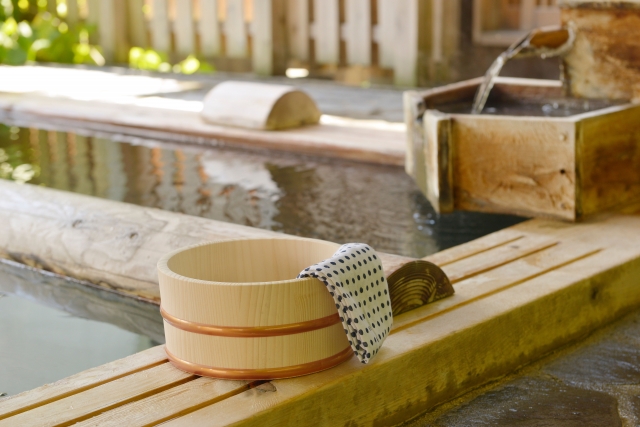
Choosing an onsen hotel for your stay in Japan is a fantastic way to experience an authentic Japanese-style room with tatami mats. Japan is home to more hot springs than any other country, thanks to its location in a volcanic zone, and many of these hot springs are paired with lodging facilities—over 2,000, in fact! These accommodations, known as onsen yado (onsen hotels), are popular for relaxation and offer a unique glimpse into Japanese culture.
If you’re eager to experience the comfort of a tatami-floored room during your visit, an onsen hotel is an excellent choice. Many onsen hotels feature Japanese-style rooms, allowing you to fully immerse yourself in the serene and traditional atmosphere. Plus, after you check in, most onsen hotels provide yukata (a casual kimono) as loungewear. We highly recommend slipping into one to embrace the exotic ambiance—many guests even wear them out while exploring the onsen town.
So, be sure to include an overnight stay at an onsen hotel in your itinerary for a truly memorable experience in Japan!
Recommended onsen hotels:
Yuyado Tokinoniwa at Kusatsu Onsen
Yunoshimakan at Gero Onsen
Hanabeppu at Beppu Onsen
Shukuba Machi & Ryokan
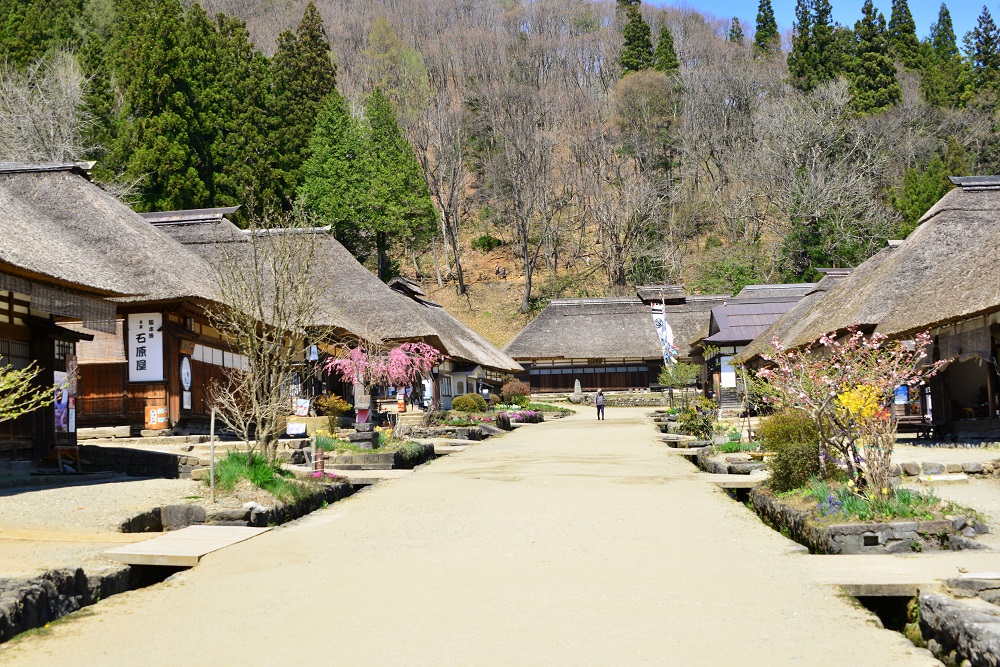
The origins of modern ryokan can be traced back to the Hatago (旅籠), inns that were established during the Edo period (1603-1868) to accommodate travelers along the Five Routes (五街道) connecting Edo (now Tokyo) with the rest of Japan. Another key influence on ryokan is the onsen yado (onsen hotels) mentioned earlier. The towns that grew around these Hatago are known as Shukuba machi (post towns), and many of them still retain the nostalgic charm of the Edo period. Visitors flock to these towns to experience a slice of history, with streets and buildings that make you feel like you’ve stepped back in time.
Some ryokan still operate in these historic Shukuba machi, offering Japanese-style rooms with tatami mats. Staying at one of these ryokans is perfect for travelers who want to immerse themselves in traditional Japanese living spaces while soaking in the historical atmosphere. Even if a Shukuba machi doesn’t have its own lodging facilities, there are often accommodations nearby, so you can still enjoy the unique experience of staying close to these historic sites.
If you’re drawn to the idea of blending history with comfort, consider adding a stay at a ryokan in or near a Shukuba machi to your itinerary. It’s a memorable way to connect with Japan’s rich past while enjoying the serene ambiance of a tatami-floored room.
Recommended Shukuba machi and Ryokan:
Minsyuku Iseya at Ōuchi-juku
TAOYA Kisoji at Tsumago-juku
Hotel Hanasarasa at Magome-juku
Buddhist temple
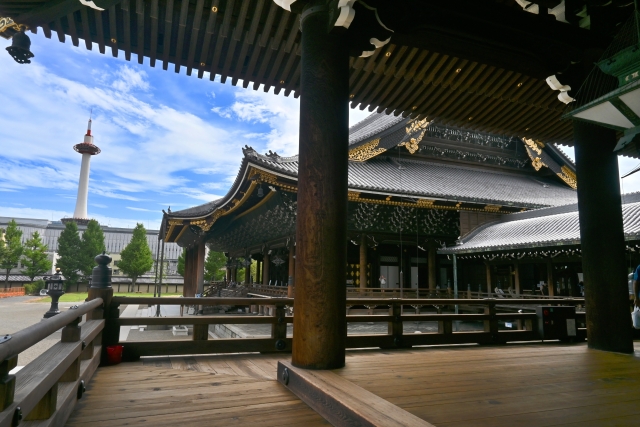
Kyoto, along with Tokyo, is one of Japan’s most popular travel destinations. As the political and cultural heart of Japan long before Tokyo rose to prominence, Kyoto is a treasure trove of historical buildings, making it an especially appealing spot for those eager to experience traditional Japanese culture. Among these historical structures are temples like Kinkaku-ji, a stunning example of Japanese Buddhist architecture that leaves visitors in awe.
While many visitors admire the exteriors of these temples, those who make the journey to Kyoto often wish to explore the interior as well. However, not all temples are fully open to the public, and it can be challenging for international travelers to know which ones offer access to their inner sanctuaries.
To help you make the most of your visit, we’ve curated a list of Kyoto’s temples that allow visitors to step inside and soak in the serene atmosphere. In these sacred spaces, you’ll find tatami mats that add to the solemn and peaceful ambiance. This is a perfect opportunity to immerse yourself in the essence of Japanese culture.
Here are some recommended temples in Kyoto for interior viewing:
Higashi Hongan-ji
Tenryū-ji
Ryōan-ji
Chashitsu
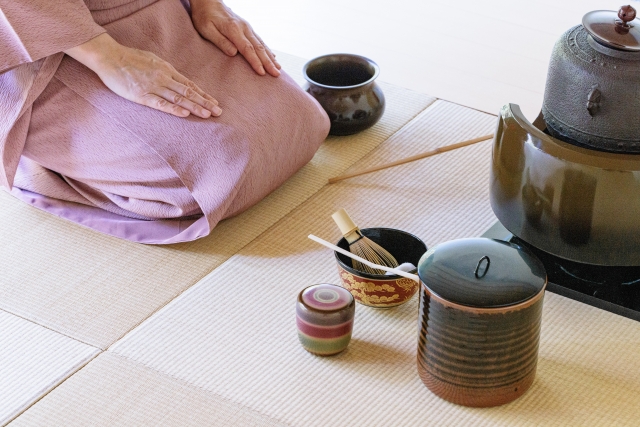
A Chashitsu, or tea room, is a space dedicated to the Japanese tea ceremony, which gained popularity during the Muromachi period (1333-1573). These rooms, typically built from simple and natural materials like clay walls and bamboo, are usually around the size of four and a half tatami mats. The Chashitsu embodies the essence of wabi and sabi, a uniquely Japanese aesthetic that values simplicity, imperfection, and the beauty of natural aging. The tatami mats made from igusa (rush) further enhance this atmosphere, creating a serene and contemplative space (as mentioned in a previous article, the popularity of Chashitsu played a significant role in the spread of tatami mats).
While we would love to recommend savoring the matcha in the Tai-an tea house in Kyoto, believed to have been created by the legendary tea master Sen no Rikyū, this historic site is unfortunately not open to the public. However, there are other spots where you can easily experience the serene atmosphere of a Japanese tea ceremony today.
If you’re interested in experiencing the wabi and sabi of Japan, why not start your journey at one of these accessible tea rooms? It’s a wonderful way to get a taste of this timeless tradition.
Recommended Japanese tea ceremony Spots:
FUKUJUEN Kyoto
Murin-an
Tondaya
Traditional Japanese Restaurant
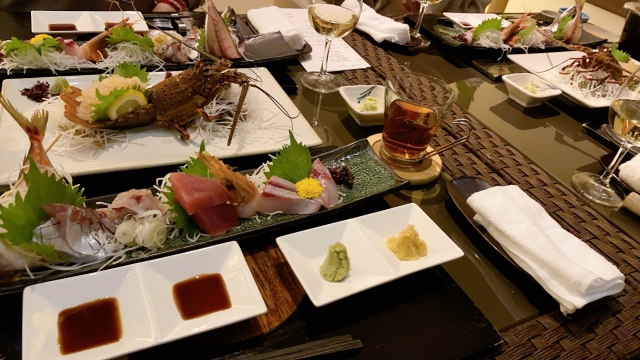
In recent years, Tokyo has gained global recognition as the city with the most Michelin stars, while Kyoto and Osaka also rank in the Top 5. This has made Japan a culinary destination that draws food lovers from around the world. There are many reasons why Tokyo and other Japanese cities have earned so many stars, but I believe that the variety of ingredients reflecting regional characteristics and the wide range of cuisines—from traditional Japanese dishes to international fare—play a significant role.
While Japan boasts numerous restaurants offering high-quality Italian, French, and other international cuisines, if your trip to Japan includes a desire to experience “Japan’s unique interior design,” I highly recommend dining at a traditional Japanese restaurant. These establishments not only serve exceptional food but also showcase meticulous presentation, carefully chosen utensils, and thoughtfully designed interiors. Dining at a traditional Japanese restaurant is a sensory experience that goes beyond taste, allowing you to immerse yourself in Japanese aesthetics.
Imagine enjoying exquisite Japanese cuisine in a serene tatami-matted room, surrounded by decor that reflects the four seasons, and with a view that complements the meal. This is an experience that transcends mere dining and offers a deep connection to Japan’s cultural heritage. It’s a moment that can’t be replicated anywhere else.
Recommended Traditional Japanese restaurants:
Tsukiji Jisaku
Kochuan
Hyotei
Shihouan
Japanese-style room in an ordinary home
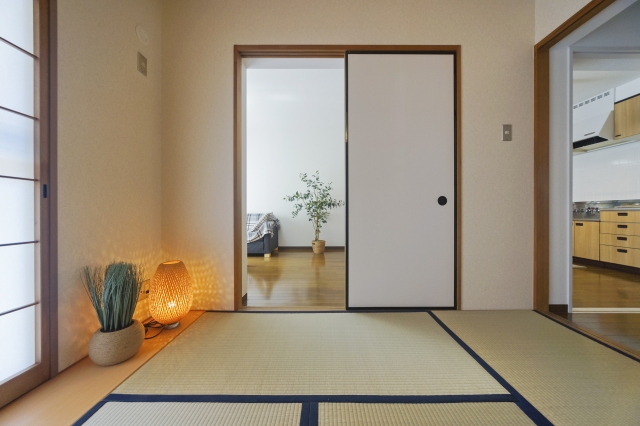
When you think of a “Japanese-style room with tatami mats,” a traditional Japanese house might be the first thing that comes to mind. However, a recent survey in Japan revealed that 70.8% of respondents currently live in homes with tatami mats. Surprisingly, many modern Japanese homes, even those with a more Western-style design, still feature a Japanese-style room with tatami mats.
The survey also asked, “If you could live in your ideal house, would you want a Japanese-style room with tatami mats?” The responses were telling, with 38.4% answering “Yes” and 30.7% saying “Somewhat,” indicating that nearly 70% of people still desire a Japanese-style room with tatami mats in their homes. This highlights how deeply rooted the cultural preference for sitting on the floor and relaxing remains in Japan.
If you have the opportunity to stay with a Japanese acquaintance during your visit, there’s a good chance their home will have a Japanese-style room with tatami mats. This would offer you a unique glimpse into a living space that blends tradition with modern life, giving you an authentic experience of Japanese culture right in someone’s home.
Japanese-Style Rooms Where You Can Experience Interra USA’s Tatami Mats
Throughout this article, we’ve explored various places in Japan where you can experience the beauty of Japanese-style rooms with tatami mats. Now, we’d like to highlight a few locations in Japan where our Interra USA Tatami mats are used. If you happen to visit these spots, we encourage you to take a moment to appreciate the craftsmanship and comfort of our Tatami mats firsthand.
Akaishiya Inn
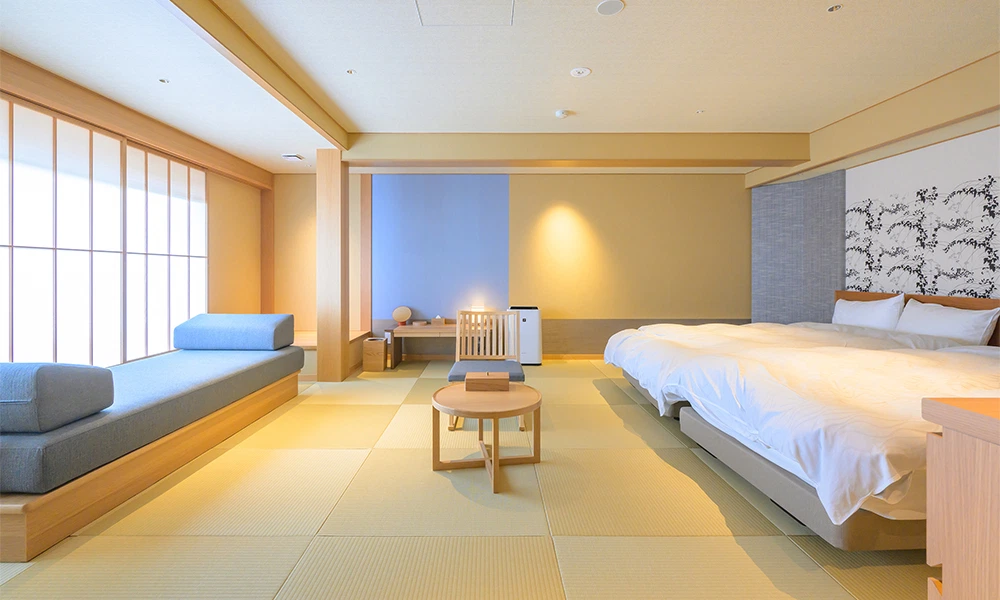
786 Kinosakicho Yushima,
Toyooka, Hyogo 669-6101
https://www.akaishiya.co.jp/en/
SPA:BLIC
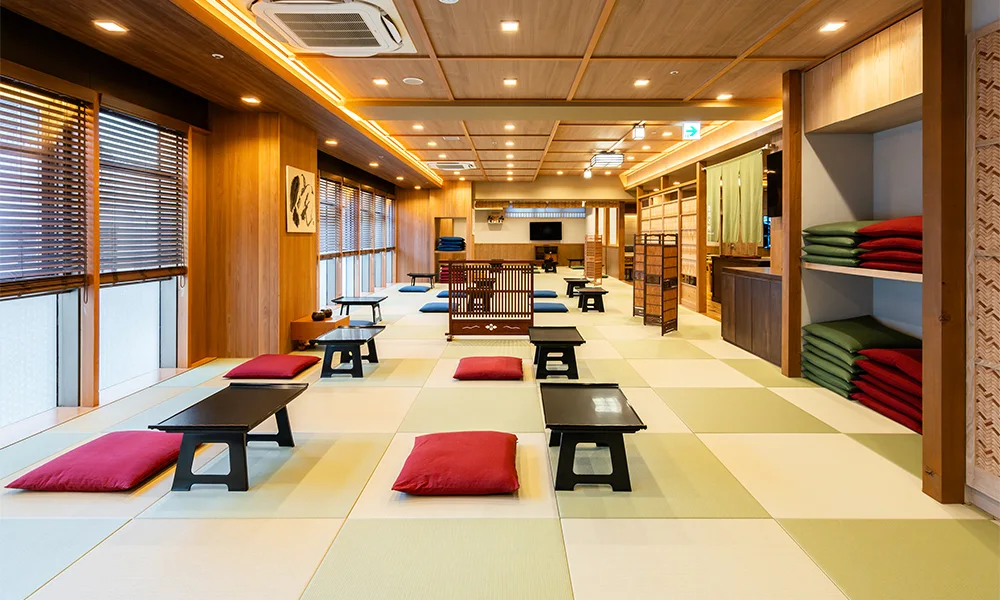
3F, Akasakagetsusekai Bld., Akasaka ,
Minato Ku, Tokyo To, 107-0052
https://spablic.com/
Osaka View Hotel Honmachi
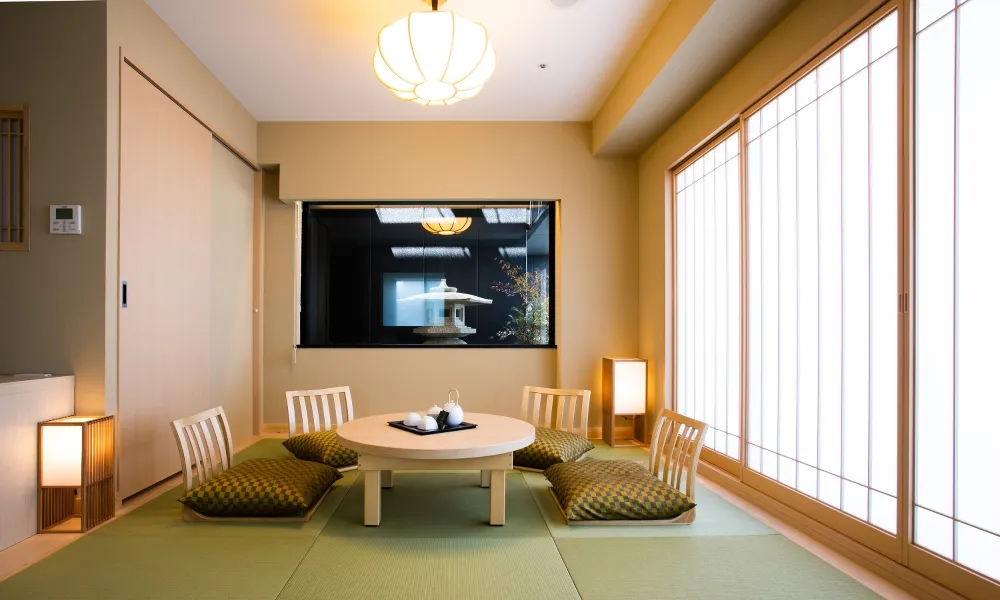
4-5-2 Honmachi Chuo-ku Osaka-city
541-0053 Osaka-fu
https://www.viewhotels.jp/osaka/
Conclusion
In this article, we’ve explored six fantastic places where you can experience Japanese-style rooms with tatami mats during your trip to Japan. I hope you’ve found a diverse range of options, from traditional to modern, to inspire your travels.
As you plan your next visit, we hope this guide proves helpful. And if you return home and want to recreate that serene Japanese atmosphere, feel free to reach out to us at Interra USA. Our Tatami Mat are designed to bring a tranquil touch to your interior and help you craft your own Japanese-style space.
Thank you for reading, and stay tuned for our next issue, which will feature more topics of interest for those passionate about interior design.
Reference Link:
旅館 – Wikipedia
五街道 – Wikipedia
茶室とは/ホームメイト
妙喜庵(みょうきあん)茶室待庵 | 山崎観光案内所
【温泉豆知識】日本に温泉が多いのはなぜ?その理由をご紹介 | お知らせ | 新着情報 | 【公式】[兵庫]山陰|湯村温泉 湧泉の宿ゆあむ(旅館・ホテル)
にっぽんの温泉100選 – 観光経済新聞
江戸情緒をいまに残す「宿場町」7選 【楽天トラベル】
石庭・床や畳にみどりが映える・・京都・龍安寺(世界文化遺産) | お散歩うさぎさんのブログ 《京都・いろ色》 – 楽天ブログ

